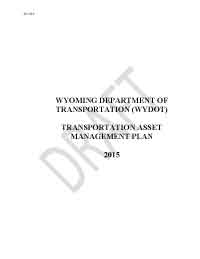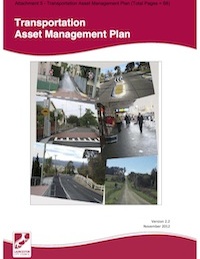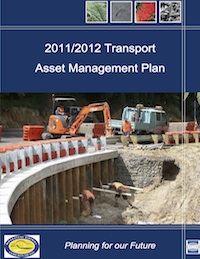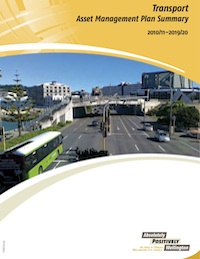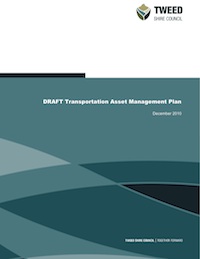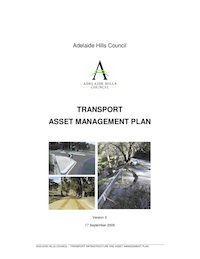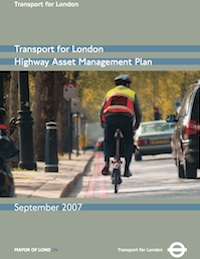Sections Investment Strategies
The Wyoming DOT – TAMP [DRAFT] is available here.
This document meets the following additional criteria: • Includes analysis of future demand impacts on asset needs • Key revenue projection assumptions identified • Presents a corridor view of asset management.
The modal scope of this document is: Highway Only.
The asset scope of this document is: Highway Assets, Pavement and bridge only.
External link:
This document is a draft of the Wyoming DOT TAMP. The final version was published in 2018 and can be viewed here:
https://www.tamptemplate.org/tamp/039_wyomingdot/
The Wyoming TAMP presents the DOT's approach to managing its pavement and bridge assets. The TAMP includes sections on pavement and bridge conditions and programs, life cycle cost analysis, financial planning and investment strategies, and risks to the transportation system.
The Launceston City Council – Road Asset Management Plan is available here.
This document meets the following additional criteria: • Asset valuation included • Defines linkages to other planning & programming documents • Future cost/performance projections are based on management system analysis (e.g. HERS, dTIMS) • Includes an assessment of data quality or reliability • Includes analysis of future demand impacts on asset needs • Includes cost projections for meeting performance or LOS targets • Includes estimates of future maintenance costs • Includes estimates of future rehabilitation, replacement, reconstruction, and/or renewal costs • Includes formal risk assessment results such as a risk register • Includes substantive list of process, data, and/or systems improvement actions • Key revenue projection assumptions identified • Performance/LOS targets are linked to agency goals/objectives.
The modal scope of this document is: Highway Only.
The asset scope of this document is: Highway Assets, Includes other highway assets.
External link:
The Lauceston Council Transportation Asset Management Plan follows the same outline as other council TAMPs in Australia. The TAMP focuses on levels of service, based on consumer expectations and strategic goals, future demand, lifecycle management, a financial summary, and a plan improvement program. The document includes a “Road Map” for preparing a TAMP. Current levels of service are also described using key performance measures, then compared to an optimal level of service as established by the agency. Risks, including treatment plans, are also addressed.
The Whakatane District Council – Transport Asset Management Plan is available here.
This document meets the following additional criteria: • Asset valuation included • Defines linkages to other planning & programming documents • Future cost/performance projections are based on management system analysis (e.g. HERS, dTIMS) • Includes an assessment of data quality or reliability • Includes analysis of future demand impacts on asset needs • Includes cross-asset resource allocation method • Includes customer-oriented LOS statements • Includes estimates of future maintenance costs • Includes estimates of future rehabilitation, replacement, reconstruction, and/or renewal costs • Includes formal risk assessment results such as a risk register • Includes substantive list of process, data, and/or systems improvement actions • Investment strategies summarize planned capital and operating expenditures • Key revenue projection assumptions identified • Performance/LOS targets are linked to agency goals/objectives • References customer surveys/outreach for establishing LOS statements.
The modal scope of this document is: Highway Only.
The asset scope of this document is: Highway Assets, Includes other highway assets.
External link: http://www.whakatane.govt.nz/sites/www.whakatane.govt.nz/files/documents/documents-section/council-plans/asset-management-plans/2011-12/Transportation%20AMP%202011-12.pdf
The Whakatane District Council TAMP outlines the agency’s strategic goals and provides a framework for an integrated planning practice, linking Asset Management Plans to the Long Term Plan and Annual Plans. The plan contains thirteen sections, including chapters on level of service, a business overview, growth and demand, risk management, life cycle management, financial forecasts, and an improvement plan.
